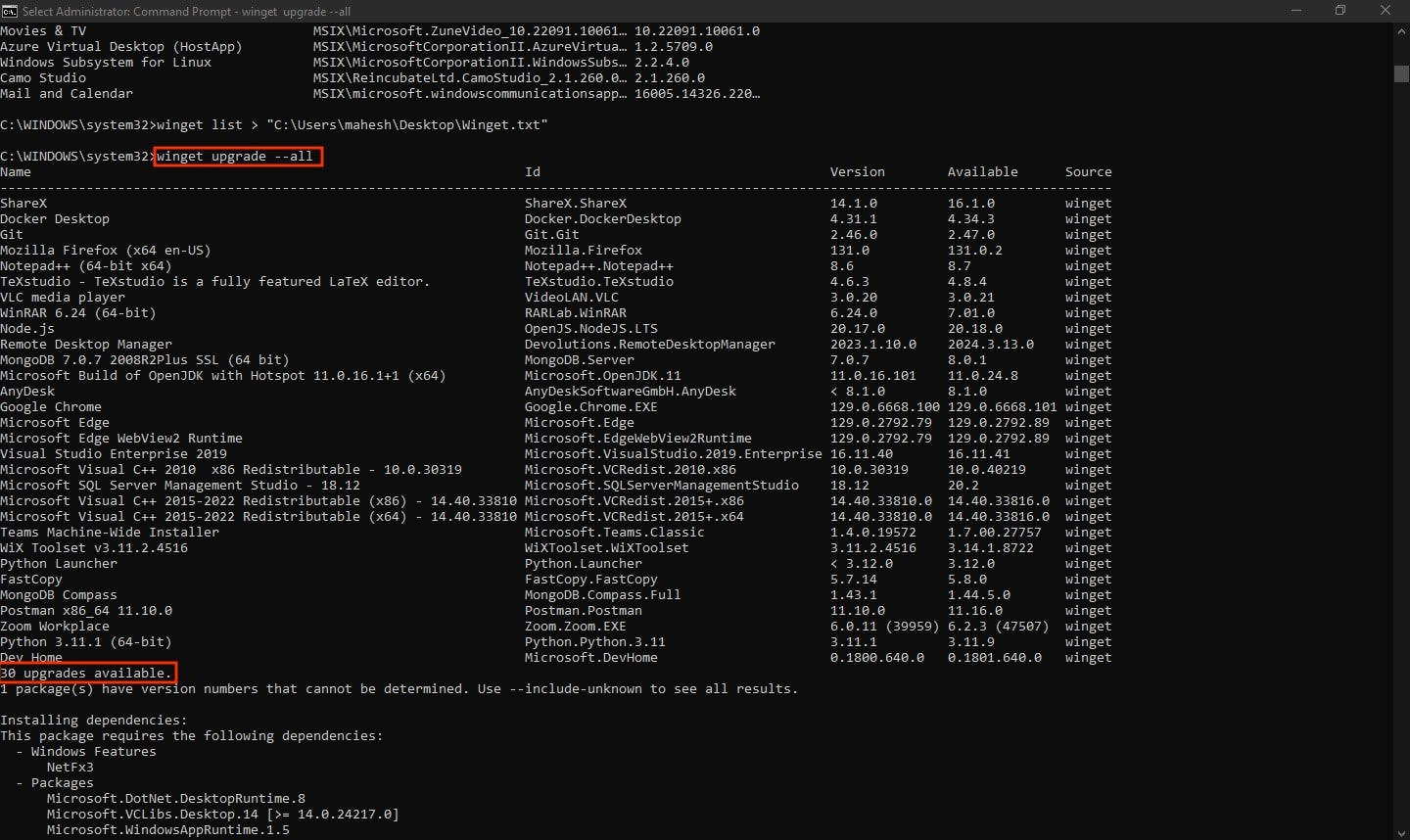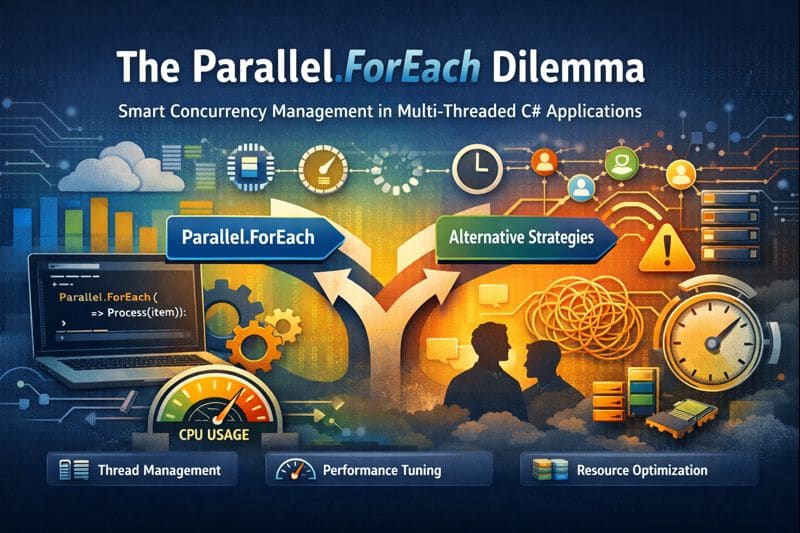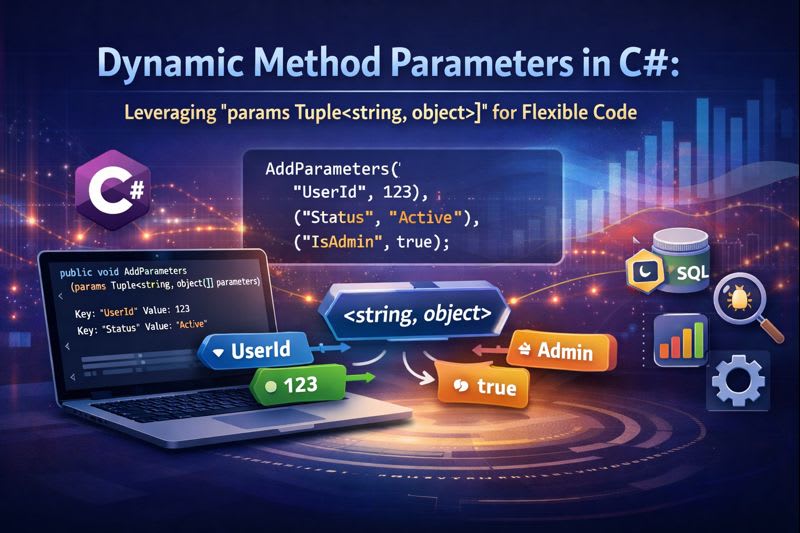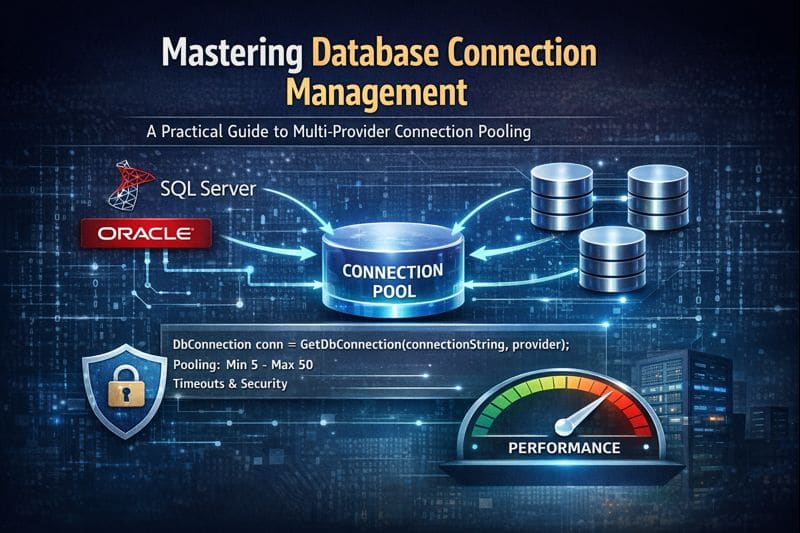Discovering Winget: Revolutionizing Package Management on Windows
In the ever-evolving landscape of technology, tools for managing software are becoming increasingly essential. One of the standout innovations for Windows users is Winget, the Windows Package Manager. This powerful command-line tool simplifies the process of installing, upgrading, and managing applications, providing a more efficient way to handle software. In this post, we’ll explore what Winget is, how to use it, and why it can be a valuable addition to your software management toolkit.

What is Winget?
Winget, or Windows Package Manager, is an open-source tool developed by Microsoft that facilitates the installation of software on Windows operating systems. It allows users to automate many tasks that would traditionally require manual intervention, making the process faster and more convenient.
Key Features of Winget
-
Easy Installation: With Winget, installing applications is as simple as typing a command. This feature is particularly helpful for users setting up new systems or looking to manage software updates quickly.
-
Automatic Dependency Handling: Winget takes care of any dependencies automatically, ensuring that all necessary components for a program are installed alongside it.
-
Built-in Search Functionality: Users can search for software directly from the command line, making it easy to discover new tools without leaving the terminal.
-
Version Management: Winget allows users to check the current version of installed applications and upgrade them with straightforward commands, keeping everything up to date.
-
Custom Repositories: Advanced users can add their own sources, giving them more control over where applications are sourced from.
Getting Started with Winget
Installation
Winget comes pre-installed with Windows 10 (version 1809 and later) and Windows 11. To verify that you have it, simply open Command Prompt or PowerShell and enter:
winget --version
If it’s not installed, you can download it through the App Installer available in the Microsoft Store.
Basic Commands
Here are some essential commands to help you get started with Winget:
- Search for an application:
winget search <app_name> - Install an application:
winget install <app_name> - Upgrade an application:
winget upgrade <app_name> - Uninstall an application:
winget uninstall <app_name> - List all installed applications:
winget list
Upgrade All Applications
To quickly upgrade all installed applications at once, you can use the following command:
winget upgrade --all --include-unknown --accept-package-agreements --accept-source-agreements
This command not only updates all applications but also accepts any necessary agreements, streamlining the upgrade process.
Example Workflow
Suppose you want to install Visual Studio Code. You would simply run:
winget install Microsoft.VisualStudioCode
If you already have it installed and want to upgrade it, you’d use:
winget upgrade Microsoft.VisualStudioCode
This efficiency can be a significant time-saver, particularly for developers who often manage multiple applications.
Why Winget Matters
For Developers
Winget streamlines the process of setting up development environments. Developers can create scripts that automate the installation of various tools and libraries, making onboarding new team members or preparing new machines incredibly quick.
For Everyday Users
For regular users, Winget simplifies software management. Instead of navigating through various installers and update prompts, users can rely on a few simple commands to keep their applications updated and secure.
Conclusion
Winget is transforming how we manage software on Windows. Its user-friendly approach and robust capabilities make it a valuable tool for anyone looking to enhance their software management experience. Whether you’re a developer seeking efficiency or an everyday user wanting to simplify updates, Winget can help you achieve your goals effortlessly.
So, if you haven’t yet explored Winget, now is the perfect time to dive in and see how it can improve your Windows experience!





Leave a comment